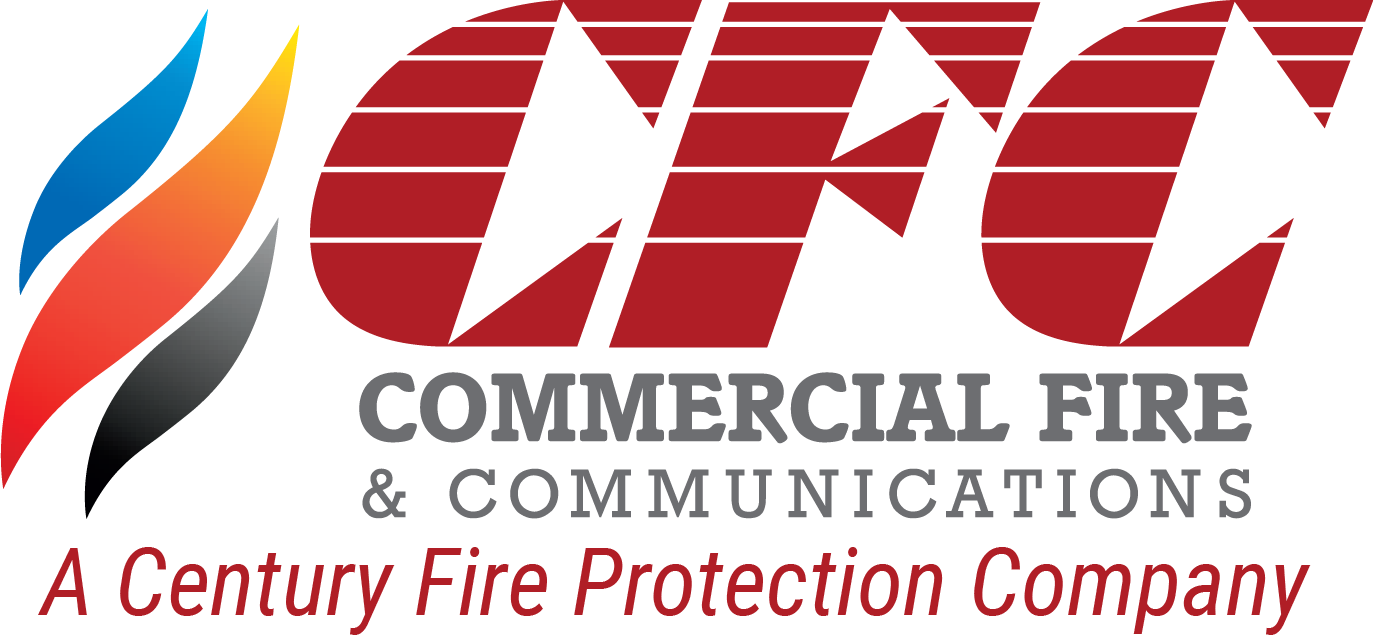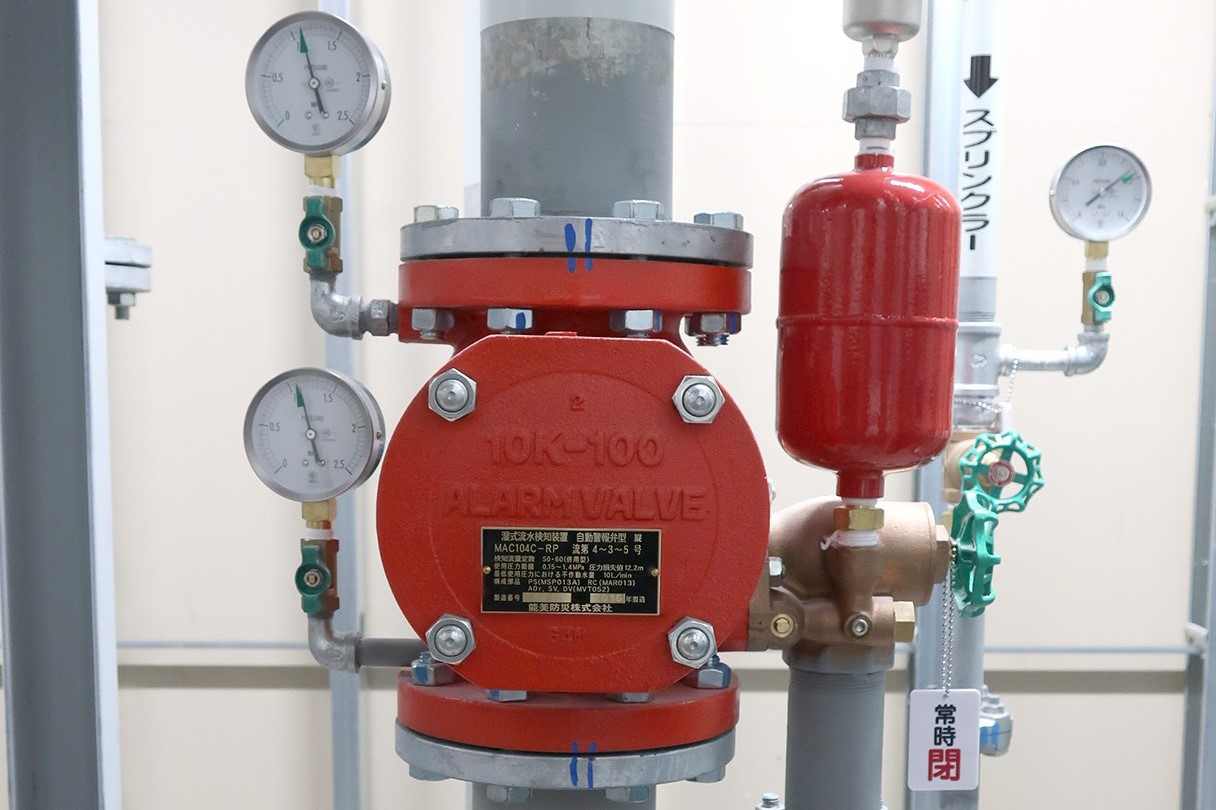In this blog post, we will delve into the workings of fire sprinkler systems, a crucial component in fire safety management. Widely used in commercial buildings, these systems play an essential role in protecting lives and property. Here, we focus on how these systems work, particularly looking at their response to overheating and manual activation.
How Fire Sprinkler Systems Work
A fire sprinkler system is an active fire protection method consisting of a water supply system, providing adequate pressure and flow rate to a water distribution piping system, onto which fire sprinklers are connected. Each sprinkler head is designed to respond to the heat generated by a fire.
Response to Overheating: The most common type of sprinkler system operates through heat detection. Each sprinkler head contains a glass bulb filled with a glycerin-based liquid. This liquid expands when exposed to heat. At a specific temperature, usually indicative of a fire (typically around 155 to 165 degrees Fahrenheit), the liquid expands sufficiently to break the glass bulb, thus activating the sprinkler head. This mechanism ensures that only the sprinkler heads in the vicinity of the fire are activated, targeting the fire directly and minimizing water damage.
Manual Activation: Apart from automatic activation, some systems include a manual option, allowing for human intervention. Manual activation is typically facilitated through a valve, often labeled as a “fire sprinkler stop valve.” This feature is especially useful in scenarios where a fire is detected before the sprinklers activate automatically or in cases where an immediate response is necessary.
The Importance of Fire Sprinkler Systems
The installation of fire sprinkler systems is a critical safety measure. These systems are not only effective in controlling or extinguishing fires but also play a significant role in saving lives. Studies have shown that buildings equipped with functioning sprinkler systems have a significantly lower death rate in the event of a fire compared to those without.
Moreover, fire sprinklers can significantly reduce property damage. By activating early in the fire’s development, sprinklers help to limit the fire’s spread and the extent of the damage.
Conclusion
Fire sprinkler systems, with their ability to respond to overheating and the option for manual activation, are an indispensable part of this protective measure. As experts in fire safety, CFC is committed to providing systems and solutions that meet the highest standards, ensuring the safety and security of both property and lives. Remember, in fire safety, every second counts, and a well-functioning fire sprinkler system can make all the difference.

